Convergence Trading Hedge Fund Strategies
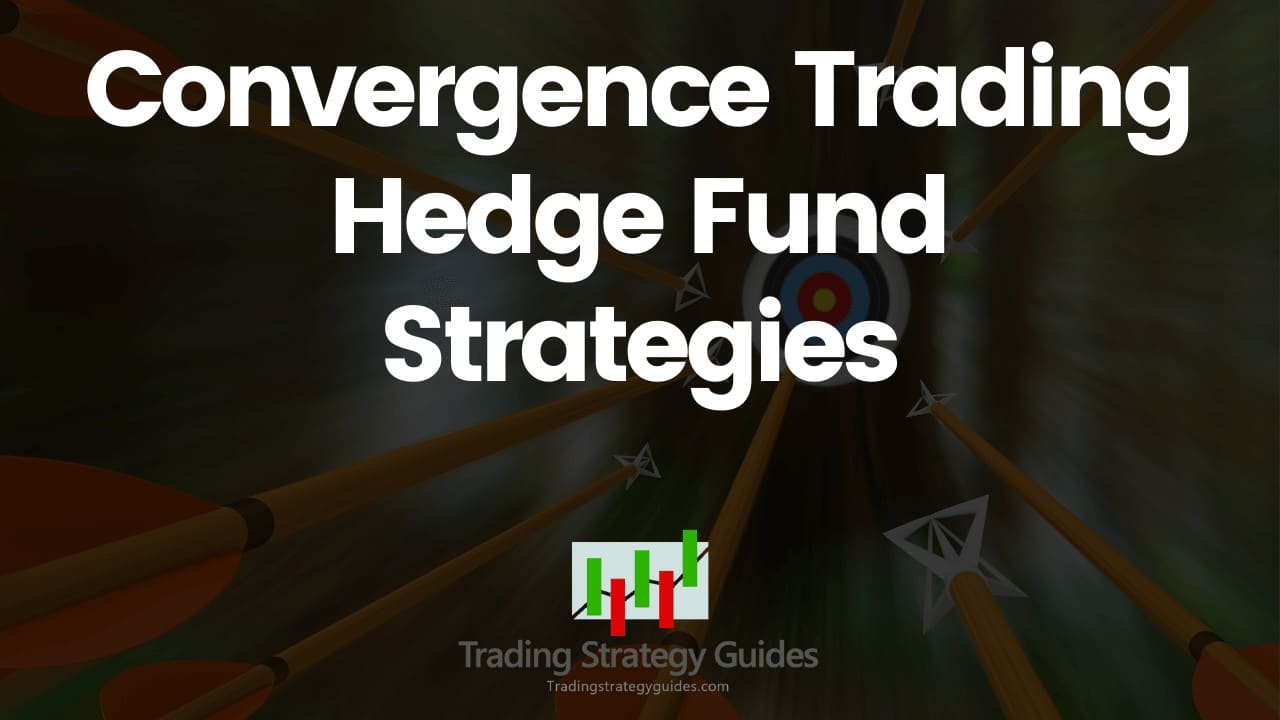
Learn how to use convergence trading hedge fund strategies to benefit from the most powerful tools used on Wall Street. The convergence trading strategy helped Edward O. Thorp to win $1 million in a trading contest run by Barron’s in 1990. If that sounds interesting, don’t miss the chance to learn more about the convergent trading concepts. Even if you enter the market with a small amount of money, convergence and divergence trading strategies can yield incredible returns.
If this is your first time on our website, our team at Trading Strategy Guides welcomes you. Make sure you hit the subscribe button, so you get your Free Trading Strategy every week directly into your email box.
After being in the game of trading for so many years, we’ve come to realize that you could take any type of trading strategy (scalping strategies, day trading strategies, swing trading strategies, etc.) and put it into one of two baskets:
- Convergent trading
- Divergent trading
Understanding the differences between these strategies will be very important. This trading guide is not about the classical convergence and divergence indicators. In technical analysis, we use the convergence and divergence tool to spot when the price moves in one direction and the oscillator is telling you a different story.
We’re talking about more advanced trading tools only available on Wall Street.
Our team of experts will reveal how hedge fund managers make money using a little dirty secret.
Now you’re probably wondering:
“What’s the dirty secret?”
Well, before revealing the secret let’s first get familiarized with the concept of convergent trading vs divergent trading.
This will help you better understand the convergence trading hedge fund secret.
This is important, so please read very diligently:
Convergent Trading vs Divergent Trading
Convergent trading is a type of trading strategy that involves going short with an instrument that is above its fair value or buying an instrument that is below its fair value. In other words, convergence traders will attempt to “buy low, sell high.” You can see convergence trading as a reversion to the mean type of trading strategy.
Most investing strategies are convergent in nature.
For example, value investing involves buying stocks that are below their fair value or less than their book value. Fundamental value investors will buy undervalued stocks with the hope that they will converge back to their fair value.
Learn how to calculate the book value per share using the balance sheet of a company here: Price to Book Ratio Guide.
Investors shorting bubbles is another type of convergent trading. This was incredibly profitable in 2008 and will be profitable again the next time the market is in decline.
Why?
Because an asset in a bubble is way overvalued, so at one point, it’s going to converge back down to its fair value.
With a convergent trading style, you have a very high win rate.
So, most of the time you’re going to be making money.
Why is this the case?
Because in the long run an asset will converge to its fair value.
But, every now and then the paradigm shifts.
The market will diverge from what’s considered to be the fair value by the market collectively.
This is where divergent trading strategies fall in.
The best example of divergent trading strategies would be trend following.
Let’s get one step forward and see why trend following is a type of divergent trading.
If an asset has gone up in price and instead of reverting back down to fair value, the assets are diverging from a prior fair value into something much greater. This is an example of a possible fundamental price change.
A good example would be any type of high-growth tech stock that is experiencing a surge in price.
Divergent trading strategies typically take advantage of that price action.
Divergent trading is the exact opposite of the converging trading strategy.
The main characteristic of divergent trading strategies is that they have lower win rates, but bigger wins when they happen. These strategies are ideal for traders with higher levels of risk tolerance.
Understanding these concepts is useful when you want to set the right expectations for your trading strategy.
We’ve introduced these concepts so you can better understand the main topic of this trading guide into convergence trading hedge fund strategy.
What is Convergence Trading
Convergence trading is an investing strategy that involves constructing two positions at the same time:
- Buying security (going long the asset) with a future delivery date or expiration date, but for a low price.
- Selling similar security (going short the asset) with a future delivery or expiration date, but for a higher price.
The main objective of the convergence trading strategy is for the prices of these two securities to converge, resulting in a profitable trade.
In other words, the aim is that by the time the security must be delivered or expire, the prices of these two similar assets will have become closer to equal.
The two prices will have converged.
The profit is usually equal to the amount of convergence.
For that matter, the earned profit is also called the arbitrage spread.
In effect, hedge fund managers are trying to profit from the mispricing in these markets.
It may sound that convergence trading is similar to arbitrage trading.
Learn how to make money from arbitraging trading software HERE.
But, that’s not the case.
So here is what you need to know:
How Convergence Trading Differs from Arbitrage Trading
There is one fine line that differentiates the two trading strategies: convergence trading strategies vs arbitrage trading strategies.
Convergence trade involves buying an undervalued asset and selling an overvalued asset, with the goal that the asset prices will return to their fair value.
On the other hand, arbitrage trading involves trading the same IDENTICAL assets.
It’s simple to remember:
The convergence trade uses SIMILAR assets, while the arbitrage trade uses IDENTICAL assets.
The only cons that come with convergence trading strategies are that the mispricing between the two assets is usually too narrow.
To make a profit using convergent trading concepts, hedge fund managers often use powerful computer algorithms to detect mispricings.
The second convergence trading disadvantage is the potential incurring loss.
Due to the high leverage often used in these types of transactions, you’re at risk of losing a lot of money.
That’s the case if the prices fail to converge.
But luckily for us, the convergence trading strategy has a very high win rate.
Find out how to identify mispriced stocks using the Price to Book Ratio.
Next…
How Many Types of Convergence Trading Strategies are?
Hedge fund managers have at their disposal five primary types of convergence arbitrage strategies:
- Fixed-income arbitrage
- Fixed income yield alternatives
- Relative value arbitrage
- Convertible bond arbitrage
- Equity market neutral
The equity market neutral is the only convergence trading strategy that can credit its profits to the asset selection process. The ability to spot undervalued and overvalued stocks is what makes convergence trading a successful strategy.
Moving on…
Here is what you need to learn to sharpen up your trading skills:
How to Use Convergence Trading Hedge Fund Tools
Market wizard Edward Thorp best selling author and mathematician won the over $1 million risk-adjusted hedge fund contest run by Barron’s in 1990.
Why I’m telling you this?
Well, Ed Thorp managed to win that competition by implementing a convergence trade based on different put warrant prices on the Toronto and US stock exchange.
Thorp is not only the father of quant investing, but he also was the first person to develop the first card counting system in Blackjack. The Blackjack counting system is still widely used today.
Thorp’s bestselling book, Beat the Dealer: A Winning Strategy for the Game of Twenty-one has influenced many people.
You may ask yourself what Blackjack has to do with the financial markets?
Well, the same principle applied in Las Vegas to beat the casino, is now applied on Wall Street to beat the markets.
Another detail worth knowing is that Thorp founded the Princeton Newport Partners hedge fund.
And, for almost 20 years he didn’t have a down year.
That’s something unheard of on Wall Street.
From the hedge fund inception in August 1992 to September 2002, Thorp’s hedge fund produced an annualized return of 18.2%
Math genius Ed Thorp heavily influenced “bond king” Bill Gross and many hedge fund managers on Wall Street. Thorp was also the first person to discover Madoff’s Ponzi scheme long before it becomes public.
The most famous of all convergence trading hedge funds was the LTCM (Long-Term Capital Management).
The basic principle behind the LTCM strategy was to make convergence trades. The strategy involved buying cheap securities and selling expensive securities.
The LTCM convergence trading strategy blowout when the volatility started to pick up.
This is why it’s always prudent to use sound risk management strategies to protect your bottom line.
Moving forward, let’s explore an example of a convergence trading hedge fund strategy.
See below:
Example of Convergence Trading Strategy
The most common trading strategies of arbitrage funds are the equity market neutral strategy.
This is a type of hedge fund strategy that seeks to establish an overall neutral stock market exposure.
The neutral equity market exposure is achieved by taking long and short positions that exactly offset each other.
You’re probably thinking:
How you make money then?
Hang on.
It’s very easy to understand how to profit from convergence trade.
When the price relationship between the asset you bought and the asset you sold gets back to normal, a profit can be made.
At first glance, the convergence trading strategy may sound similar to another strategy our team of experts revealed in our trading strategy guides, namely the pairs trading strategy.
Learn more here about Pairs Trading – The Secret to Cashing Profits.
The difference between convergence trading vs. pair trading consists that pair trading works by speculating that two instruments will either diverge or converge in price.
This gets even easier.
Convergence trading as the name suggests only seeks to speculate that two instruments will converge in price.
Here is an example:
Let’s say an average Joe stock trader will speculate that ABC stock trading at $100 per share and XYZ stock trading at $110 per share, for instance, will either converge or diverge when the trade is closed.
Divergence traders will like to see the prices of the two stocks diverge.
In this case, the spread between the two stocks will increase.
On the other hand, convergence traders will prefer to see the prices of the two stocks converge.
In other words, the spread will decrease.
Anyone can use the convergence trading hedge fund strategy if he follows a good systematic approach that can include the following:
- Good selection criteria of undervalued stocks and overvalued stocks
- Performing sound technical and fundamental analysis
- Trade execution
- Trade risk management
- Closing the trade
Final Words – Convergence Trading Hedge Fund
In summary, the convergence trading hedge fund can be a good stock trading strategy to minimize the inherent risk that is naturally associated with all types of investment vehicles. The convergence trading strategy offers a very small profit margin. This is the reason why you need to be:
- Very good at stock selection
- Doing significant research
- Having a rule-based system
- And, discipline
Convergence trading hedge funds typically employ sophisticated algorithmic models to detect stock mispricing. Sometimes these stock mispricings are not visible to the human naked eye and it’s better to rely on more advanced tools to do the job for you.
Thank you for reading!
Feel free to leave any comments below, we do read them all and will respond.
Also, please give this strategy a 5 star if you enjoyed it!
[ratings]



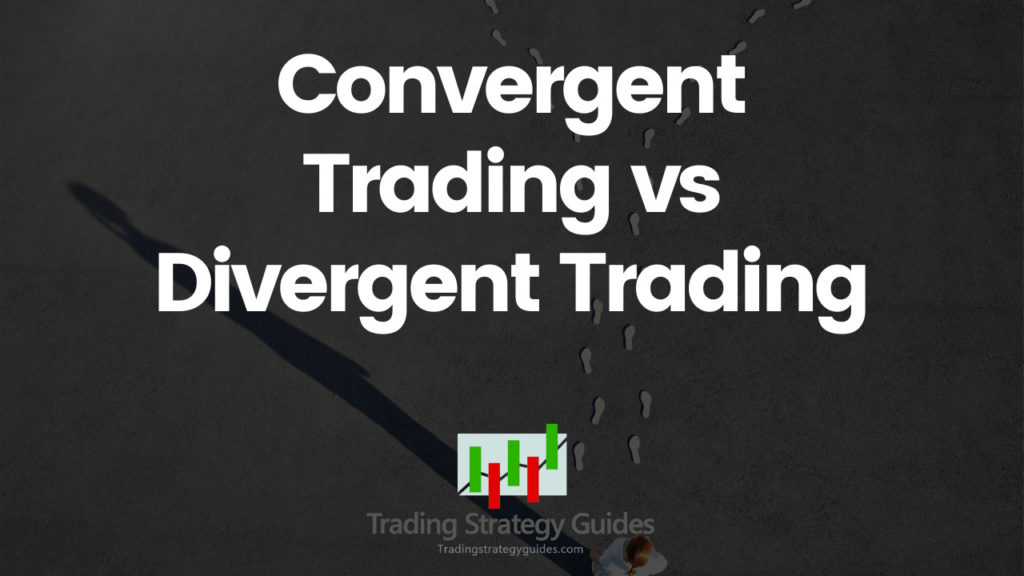

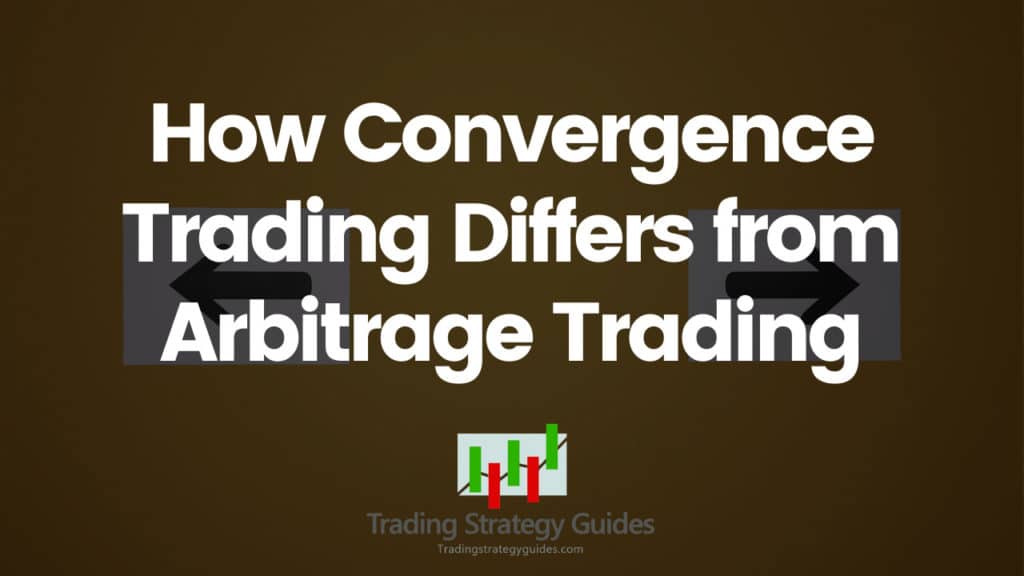
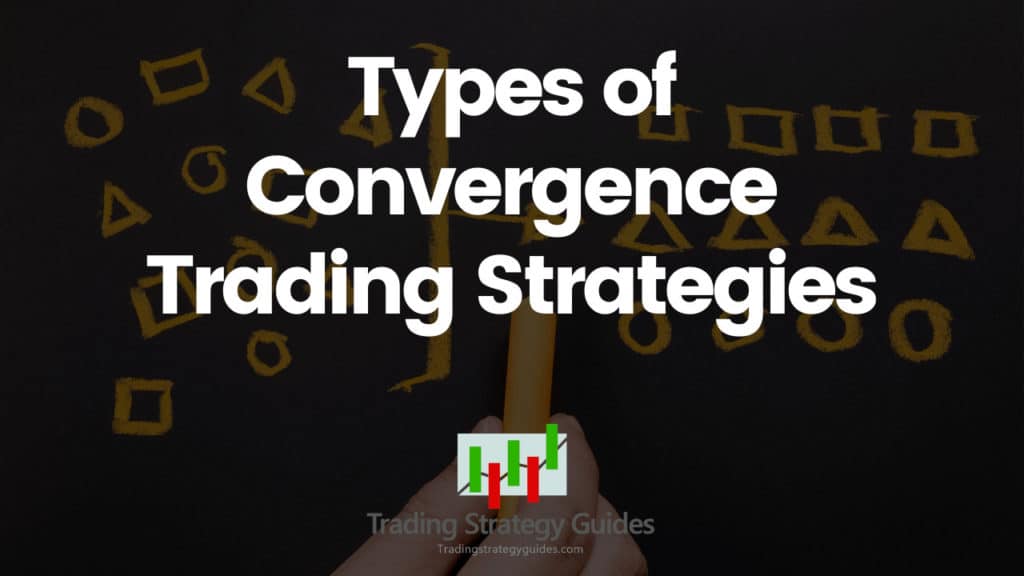

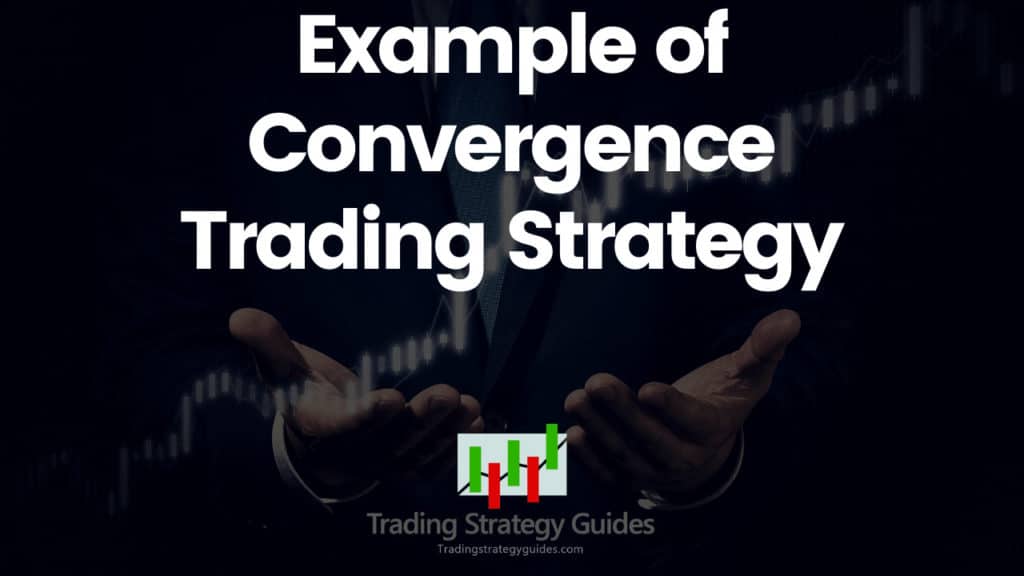
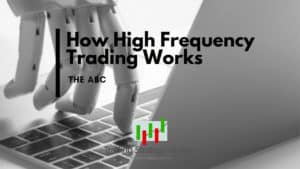




What did you like best about this strategy today?
Absolutely!
Aww ya 🙂
Would you like us to make a video on our YouTube channel about this topic? Comment below to let us know. If we get enough of you, we will have our host, Tim Black, explaining this for you.
Sure would love to see a video on this. Thanks guys!
Great! Thanks for the comment.
yes please
Howdy! Do you use Twitter? I’d like to follow you if that would be ok. I’m undoubtedly enjoying your blog and look forward to new updates.